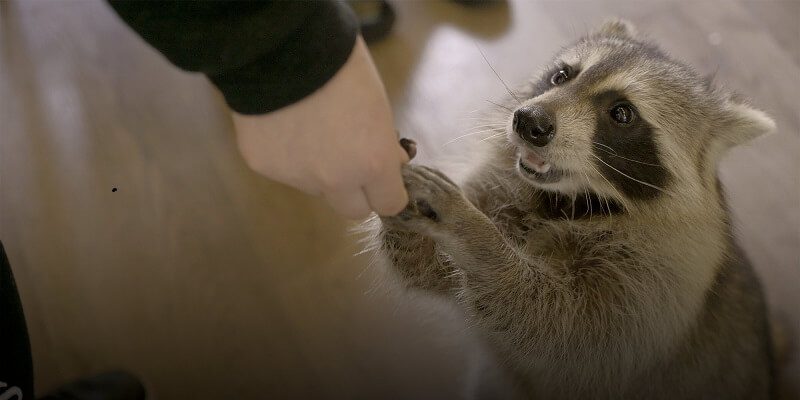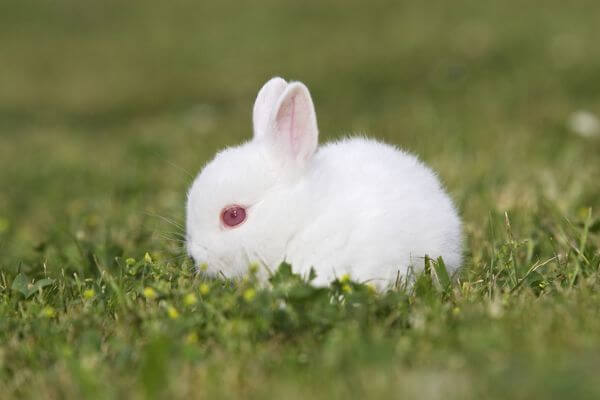Anacondas have a legendary status of “human-Eaters”. There have been rumors of people being eaten by anacondas, although none have been verified. The scientific consensus, however, is that an anaconda could eat a human. They eat prey that is harder and stronger than men. It is known that green anacondas eat white-tailed deer, which weigh about 54 kg, so it is reasonable to assume that they could eat a man of at least the same size.
No specialist has ever claimed that a giant snake is capable of swallowing a victim whose weight would exceed 60 kilograms. If catching and killing the victim takes a little time for the snake, then the predator is in no hurry to swallow the dead animal. It lowers the victim to the ground, sniffs it carefully, and then it starts pulling on like a sock. It often starts with the head. At the same time, it stops, sometimes even for a quarter of an hour, and rests.
Facts about anacondas
The sense of smell is the most developed in snakes. It is quite surprising that the organ of smell is located in the mouth, and not on the mouth, and the necessary information is gathered by the tongue, which extracts various small particles from the air. So, daylight is not necessary for snakes; they can crawl in the footsteps of their prey with the same success whether it’s day or night.
You might also like my article on how many teeth a ball python has.
The giants of the snake kingdom are the only large animals on Earth that have no voice, like, in fact, all the other snakes. At best, they can hiss. Snakes are not only mute; they also are deaf. They do not perceive the sound vibrations of the air – they do not have ears for this, like other animals. But they perfectly perceive any type of vibration, even the slightest shaking of the soil or the bedding on which they rest.
In addition, these deaf giants also have poor vision. Their eyes have no moving eyelids, and the transparent skin film that protects the eye is separated during each shedding along with the entire skin and removed like the glass from a watch.
Most Dangerous Anaconda
Along with python and boa constrictor, the anaconda is one of the largest snakes in the world; its length is from 5 to 6 meters, and its weight is about 100 kg. The largest of the snakes currently known has a length of about 9 meters and weighs 130 kg.
The civilized world, relatively recently, learned of the existence of the anaconda – this viviparous snake that lives in the jungles of South America.
Anaconda is the same boa constrictor, only from South America. It is considered the largest and most powerful of all the giant snakes in the world.
How Do Anacondas hunt?
 From the very beginning, it must be said that the claim that it uses a blow to the head to make a person or animal lose their consciousness is absolutely wrong. The heads of these giant monsters aren’t particularly hard and, in any case, it is softer than ours. The snake itself wouldn’t be too excited to use it for boxing. In addition, the attack of a giant snake is by no means as fast as it is thought to be. The force with which a 125-pound snake pounce on the victim does not exceed the force with which a 20-pound dog attacks.
From the very beginning, it must be said that the claim that it uses a blow to the head to make a person or animal lose their consciousness is absolutely wrong. The heads of these giant monsters aren’t particularly hard and, in any case, it is softer than ours. The snake itself wouldn’t be too excited to use it for boxing. In addition, the attack of a giant snake is by no means as fast as it is thought to be. The force with which a 125-pound snake pounce on the victim does not exceed the force with which a 20-pound dog attacks.
It is much more important that a snake does not hit its head, but clings to the victim with its teeth. To do this, the anaconda opens its mouth to the limit. In the reticular python’s mouth, there are a hundred rebound teeth arranged in six rows. Therefore, if it manages to grab just one finger, it is not so easy to pull it back.
Only when the snake has firmly grasped the victim with its teeth, does it begin to wrap around it.
Giant snakes hunt prey not by crushing bones, but by strangulation. They squeeze the chest of the prey so that it cannot breathe air into the lungs. The heart may also be paralyzed due to prolonged squeezing. Snake rings, wrapped around the victim’s trunk, act more like a stronger rubber bandage.
How to Survive an Anaconda Attack?
A more or less dexter man is quite able to cope alone with a four meters anaconda, according to the sayings, at least if he manages to stand. He can pull down the snake coils that are wrapped around him with a few vigorous jerks.
Those dealing with giant snakes should always remember that they must be grabbed only of the “back of the head” so that they won’t bite.
In Summary – Do Anacondas Eat People?
But how often do anacondas eat people? Very rarely, it turns out. However, these fatal attacks are not unheard of, and cases of giant wild snakes viewing humans as potential prey may increase as people clean up more wildlife habitats to create farmland and homes.
FAQs
Has an anaconda ever eaten its owner?
In 1996, a 19-year-old Bronx man died after being attacked by his pet, a Burmese python. It is likely that the 13-foot-long reptile confused the man with food after it escaped from the cage.
There are two common reasons for pet snakes coercing their owners – they can attack out of fear or when they smell prey, and their predator instincts are triggered. So, it’s possible that the snake might have restrained the young man because he was stunned or went into predatory mode.
Can an anaconda eat a cow?
Anacondas cannot eat a whole, fully grown cow. The largest animal documented to have been consumed by a constrictor is an impala of 130 pounds (59 kilograms) eaten by an African python in 1955.
Can anacondas feel love?
Some snake owners feel that their snake recognizes them and is more eager to be held by them than by other people. However, snakes do not have the intellectual capacity to feel emotions such as affection.
Do Anacondas Have Teeth?
Anaconda has no teeth or teeth to chew; they are not necessary. But located almost at the same level, a continuous row of teeth functions as a strong trap. Once in such a trap, no creature can escape. Holding the prey, the anaconda wraps its body with several rings and strangles it until the victim is no longer breathing.
Do Anacondas Bite?
The snake bite is quite painful because the teeth are very long and strong, but still safe because the giant anaconda is not poisonous. During the hunt, the snake’s tongue is always mobile, as it is the most important organ responsible for the sense of smell.




